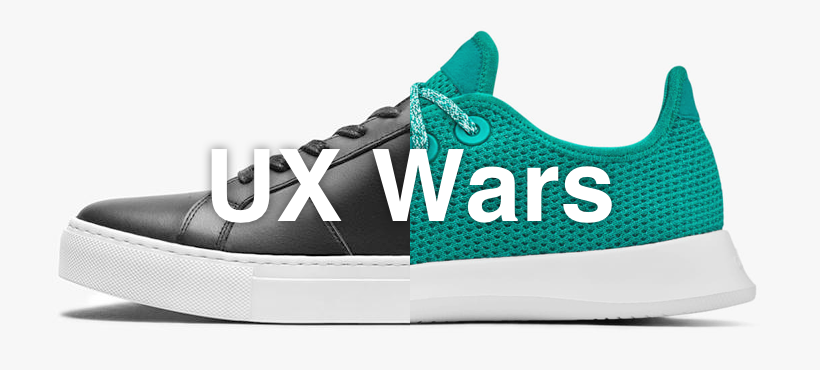It’s been an eventful year, and as always at this time of year, we’re looking back at the ground we covered and the ideas we talked about.
Below, we’ve listed the top 10 articles from our blog that were read and shared by our community. From research tips, to design-related news stories, to analyses of popular sites, there’s a variety of UX topics here to show what exactly user testing can do!
To our readers, thanks for a great year, and happy 2019!
1.
How bad design caused the Hawaiian missile scare
Forget about this already? Yes, the false missile scare in Hawaii was this year, all the way back in January.
After screenshots surfaced of the atrocious emergency alert interface used to send the erroneous text message, UXers everywhere got to work analyzing the many problems with it, and designing proposed solutions.
We wrote our own article, breaking down exactly why these issues could trigger a serious user error, and also analyzing some of the reactions from the UX sphere.

2.
10 UX & product writers you should follow on Medium
One of our most-read articles of the year was this piece highlighting our favorite Medium authors. These 10 writers represent a wide array of viewpoints, with different job titles, professional backgrounds, and levels of experience in the industry. We discussed what we like about these writers and picked our favorite 2 pieces from each one.
3.
UXspresso with Deckchair: You are not your user
In August we launched a new blog series called UXspresso – in each piece, we sit down with one of our clients and talk about big insights, lessons, or stories they’ve gleaned from their UX research.
The pilot article of the series was with UX design agency Deckchair, who used TryMyUI to boost their client’s revenue by 147%.
4.
10 ways to avoid bias in your user testing research
It’s all too easy to accidentally bias your results or analysis when doing usability testing. In this popular article, we gave our tips for preventing this from happening, like “Base flows on real user data” and “Define a way to objectively weight your findings.”

5.
11 UX lessons from Dr. Seuss
This lighthearted article looked to the beloved children’s author for inspiration in our work. Dr. Seuss’s simple, direct wisdom can be applied to User Experience better than you might suspect (with a little legwork).
6.
Use screener questions to find usability testing participants
The only article on this list about one of our features, this article got people’s attention after we added multiple-choice screener questions to our tests. Here we showed how they work and suggested how to best use them.

7.
UXspresso with National Geographic: Dealing with negative feedback
For the second entry in our UXspresso series, we sat down with the UX design director at Nat Geo and talked about how they’ve been using TryMyUI and what they’ve learned.
One big idea we discussed was how to react when you get negative feedback in a usability test – and why it’s actually a blessing.
8.
Allbirds vs Greats: UX Wars
Our famous UX Wars series came back with a bang! In this e-commerce themed face-off, we tested two of the biggest brands on Shopify and compared their UX.
Both sites sell high-end, high-quality shoes, but with very different styles. This plays out in the way the websites are designed, and makes for an interesting comparison.

9.
5 psychology principles for better UX design
Design is all about the psychology of the user – how can we make something that will be interpreted correctly, that can predict what users will want and when, and translate what we’re offering into something that makes sense to them?
This roundup of psychological principles is a starting point for the challenge of designing things that work with human psychology, instead of fighting it.
10.
The decline of American democracy is rooted in poor UX
Our tenth-most popular article of the year came out right around the elections, and took a look at how poor usability affects the electoral process in the United States.
Elections are designed, and the current design can make it difficult for many citizens to participate. By stepping into others’ shoes and thinking about how the process can be made better for the most people, we can start to imagine a better way.
Want more? Check out our top user testing stories of 2017!





